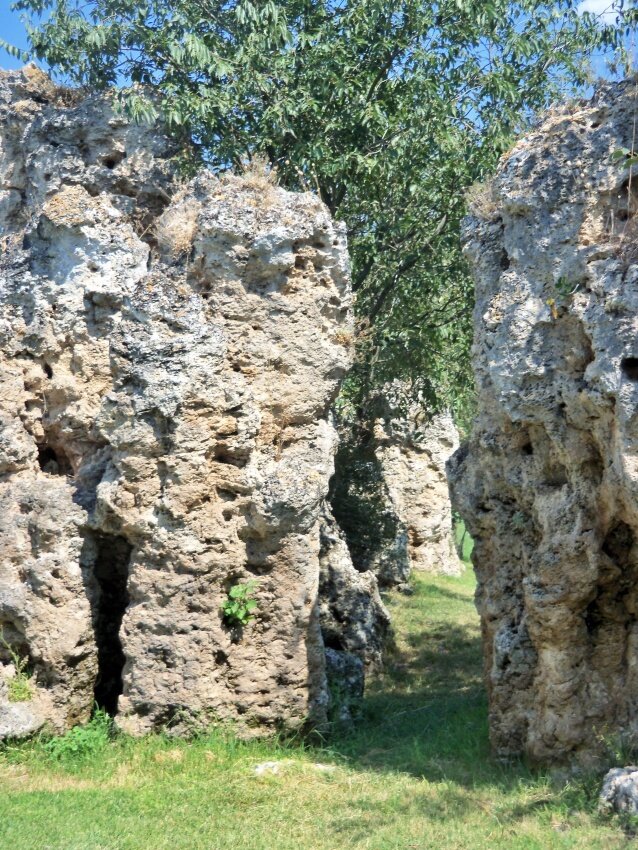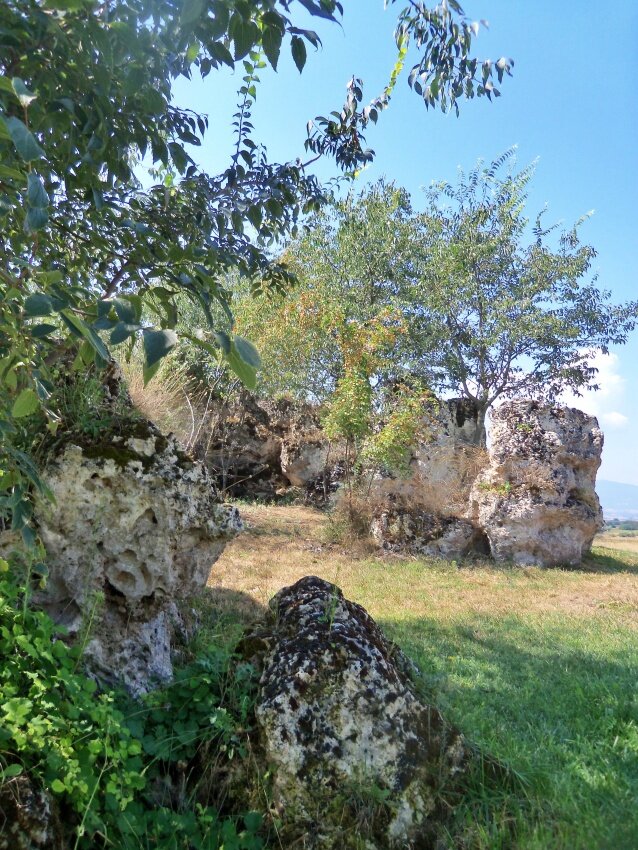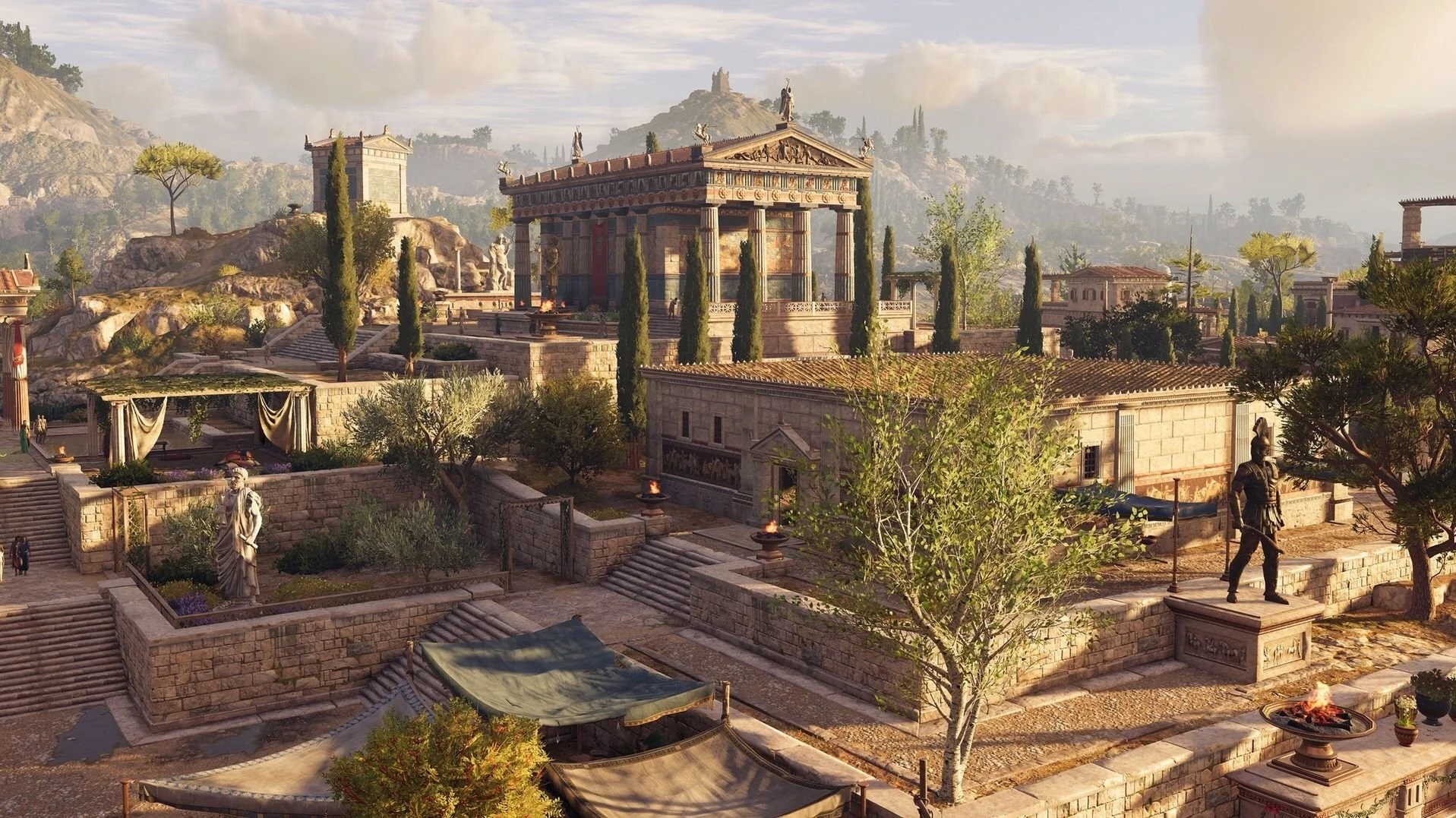Just half an hour away from Thessaloniki, you can admire a rare geological phenomenon up close and visit the geological park in Nymphopetra.
It is a place worth seeing and is suitable for parents who want to get to know the beauties of nature with their children.
The geological park in Nymphopetra has been declared a natural monument. It is about rocks that look as if they have jumped out of the earth's surface. The sight will satisfy even the most demanding. The rocks are in complete contrast with the green landscape, creating a sense of admiration for the greatness of nature. These geological formations are due to the rock that gives the impression of a stone "forest". The rock is called travertine and belongs to the sedimentary category. Travertine is formed by the suspension or dissolution of materials in a liquid.
These rocks are also found in the baths of Apollonia and in combination with the thermal baths of Lagada makes the area very rich in terms of geology.
The myths surrounding the rare geological phenomenon
The neighboring village is named after this rare phenomenon. The first version says that a group of men were petrified in this place because they saw Nymphs bathing in the lake, which led to the punishment of the goddess Artemis, who froze them there.
The most common tradition, however, says that a procession after a wedding was punished for the bride's greed. She took everything from her mother's house and even demanded the shaft for knitting. According to the older generations of the village, after the wedding, the groom, who was from Langadas, set out for his house with the bride and a procession. The bride had taken all her dowry from her mother, but she had forgotten the shaft. She eventually sent someone to fetch it, but when her mother learned of her daughter's greed, she cursed her, causing the whole procession to be petrified in that place.














